What is 'Shrinkflation'?
And how can shoppers avoid it?


If it feels like there are fewer chips in your Doritos bag these days, you're not imagining things. There are, and it's all thanks to a pesky and enduring business practice known as "shrinkflation." Here's everything you need to know:
What is 'shrinkflation'?
When the cost of doing business goes up, one way companies compensate is by shrinking package and product sizes without actually lowering prices — meaning consumers are paying the same or more but getting less. It's a phenomenon dubbed "shrinkflation," and it's essentially "the inflation you're not supposed to see," per The Associated Press. While the practice is usually common in times of rising prices, "we happen to be in a tidal wave at the moment," shrinkflation expert Edgar Dworsky told AP, as manufacturers work to "balance" the increased costs of gas, labor, and supplies against sales and profit, he added in a separate conversation with The New York Times.
Companies know the average consumer is likely to notice a price hike. What shoppers are less likely to notice is a change in a product's net weight, or a tiny cost-saving alteration to its contents. "If the orange juice container goes from 64 ounces to 59 ounces, they're probably not going to notice," Dworsky told NPR in 2021.
The Week
Escape your echo chamber. Get the facts behind the news, plus analysis from multiple perspectives.

Sign up for The Week's Free Newsletters
From our morning news briefing to a weekly Good News Newsletter, get the best of The Week delivered directly to your inbox.
From our morning news briefing to a weekly Good News Newsletter, get the best of The Week delivered directly to your inbox.
After downsizing in the name of their bottom lines, companies might distract shoppers with new, colorful packages or bright labels in an attempt to prevent them wising up to the sneaky change. Once a product falls victim to shrinkflation, a return to the larger, pre-inflation sizing is "kind of rare," Dworsky said.
Is this legal?
It might seem shady, but "companies can change prices of their products however they want," University of Texas at El Paso economics professor Tom Fullerton told El Paso's KFOX. Shrinkflation is legal so long as products are clearly labeled and the business itself isn't up to anything unfair or deceptive.
What are some examples?
Toilet paper is a common offender. "Virtually every brand … has been downsized over the years," Dworsky wrote in a recent report published on mouseprint.org, his dedicated shrinkflation-tracking website. A post from September 2022 highlighted how Charmin recently downsized the number of sheets in its Mega toilet paper rolls of the ultra-strong variety — 264 sheets to 242 — while the price, in typical shrinkflation fashion, stayed the same (at least per Dworsky's analysis). Dworsky has chronicled sneaky downsizing in packs of diapers, shampoo bottles, Miracle-Gro plant food containers, and tissue boxes, among a number of other products. In July 2022, for instance, one dedicated Mouse Print reader discovered how Quaker Oats Company had shrunk boxes of Cap'n Crunch peanut butter cereal from 12.5 ounces to 11.4, while the price remained unchanged.
The r/shrinkflation subreddit is also a helpful tracking resource for the eagle-eyed shopper.
A free daily email with the biggest news stories of the day – and the best features from TheWeek.com
How can I quickly identify shrinkflation myself?
Dworsky keeps an eye out for common shrinkflation calling cards, like the phrases "new and improved" or "family size." These can signal deceptive packaging techniques or even what Dworsky refers to as "skimpflation" — when companies pass on a price increase by reformulating a product with cheaper ingredients. Most important, though, is to keep an eye on a product's weight.
"Look at the products you buy all the time, note what the net weight is," Dworsky told the Times. "When you go back to the store, double check that it's still the same as your last bag, box or bottle." (For paper goods, watch the net count.)
How can I avoid it?
Switching between brands, or to a more generic product, is a good way to circumvent shrinkflation, CNBC suggests. Consumers can also try and submit a complaint with the manufacturer, which may be enough to score some coupons and save some money (though not enough to stop shrinkflation in its tracks, of course), Dworsky told CNBC. Financial advice website SmartAsset recommends planning your meals, avoiding impulse purchases, shopping the sale items, and using credit card rewards to save money while shrinkflation is rampant.
Shoppers should also do some research before heading to the store, suggests Tamara Szames, a Canadian retail industry adviser, at The Canadian Press. That way, you avoid getting taken for a ride, and can identify a good deal when you see one. "When we're talking about fashion, the closest thing to an ingredient in food is fabric," Szames said. "If your favorite sweater used to be 100 percent cashmere, you should look closely at the label before you buy it again. It's now maybe 90 percent cashmere and 10 percent polyester."
But in some ways, for some people, shrinkflation could also represent an opportunity, CNET posits. Think of it as a chance "to wean yourself off packaged foods," the outlet writes. "Retailers might be able to make cereal boxes and granola bars smaller, but they can't shrink a pound of apples."
Brigid Kennedy worked at The Week from 2021 to 2023 as a staff writer, junior editor and then story editor, with an interest in U.S. politics, the economy and the music industry.
-
 How weight-loss jabs are changing the way we eat
How weight-loss jabs are changing the way we eatIn The Spotlight Anti-obesity drugs have been a boon for Babybel but are supermarkets ready for a slimmed-down Christmas?
-
 Sudoku hard: December 18, 2025
Sudoku hard: December 18, 2025The daily hard sudoku puzzle from The Week
-
 Crossword: December 18, 2025
Crossword: December 18, 2025The daily crossword from The Week
-
 How your household budget could look in 2026
How your household budget could look in 2026The Explainer The government is trying to balance the nation’s books but energy bills and the cost of food could impact your finances
-
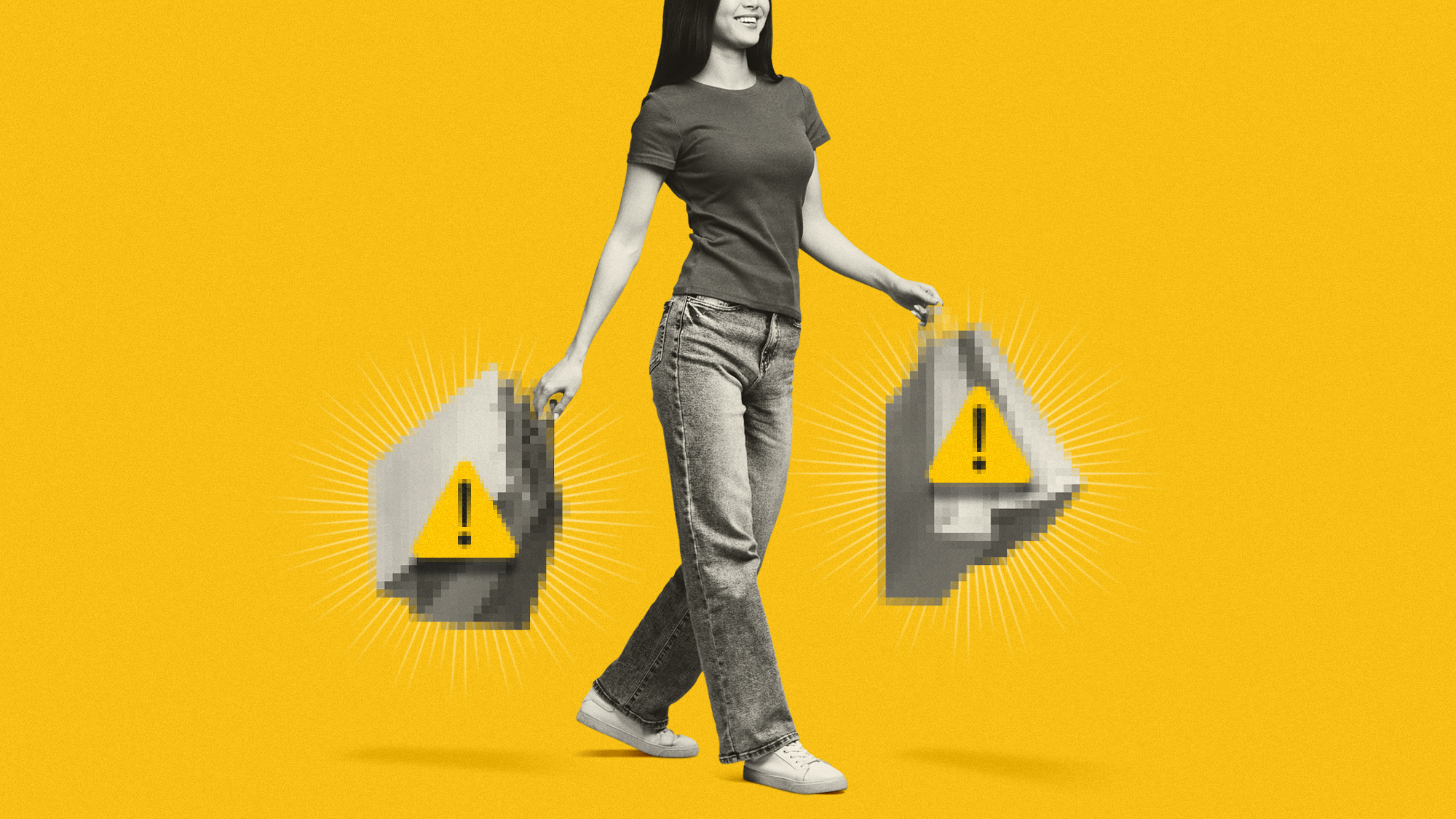 With economic uncertainty, 2025 looks to be a 'No Buy' year
With economic uncertainty, 2025 looks to be a 'No Buy' yearIn the spotlight Consumers are cutting back on splurges to combat overconsumption
-
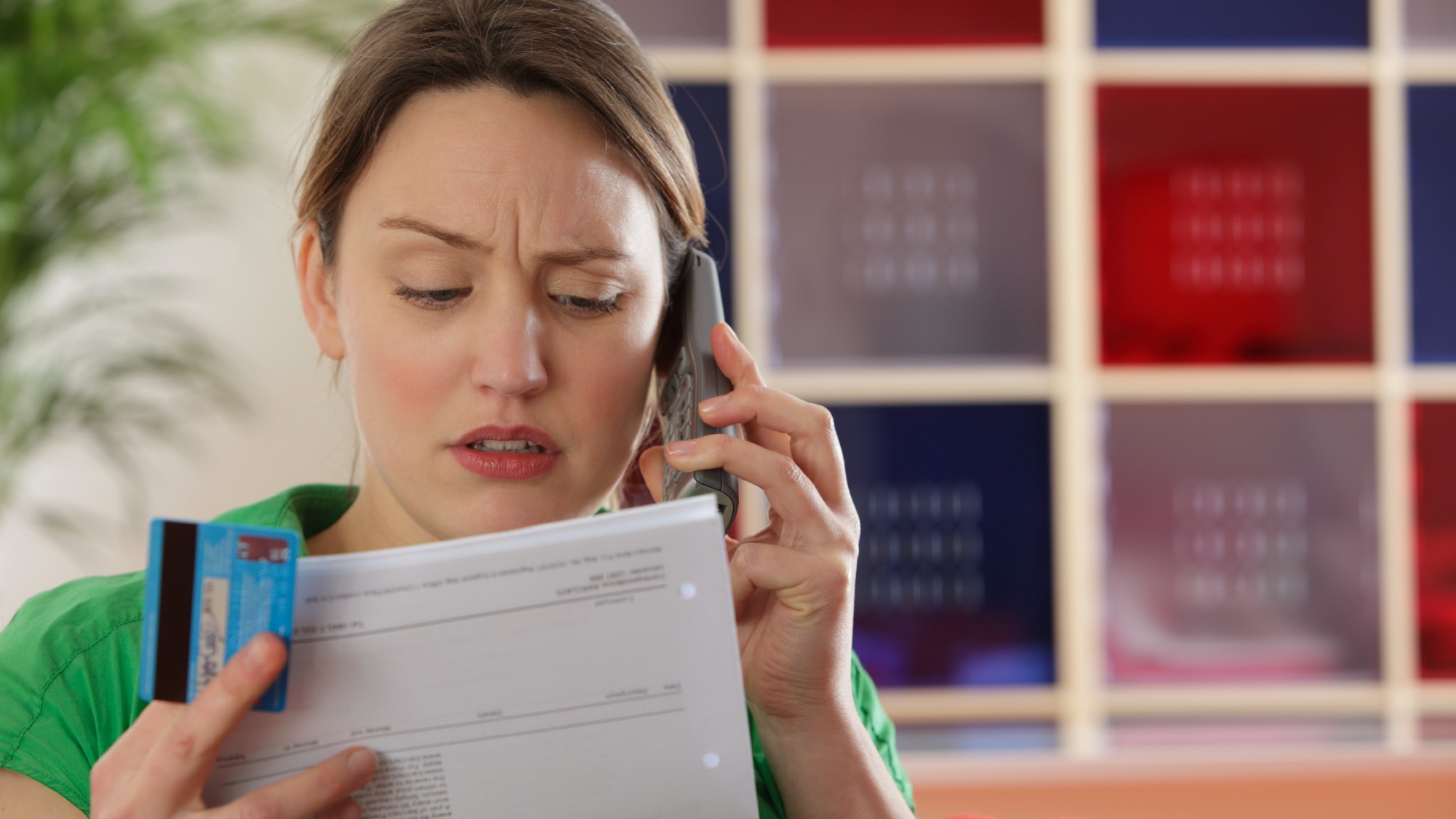 3 tips to lower your household bills
3 tips to lower your household billsThe Explainer Prices on everything from eggs to auto insurance to rent have increased — but there are ways to make your bills more manageable
-
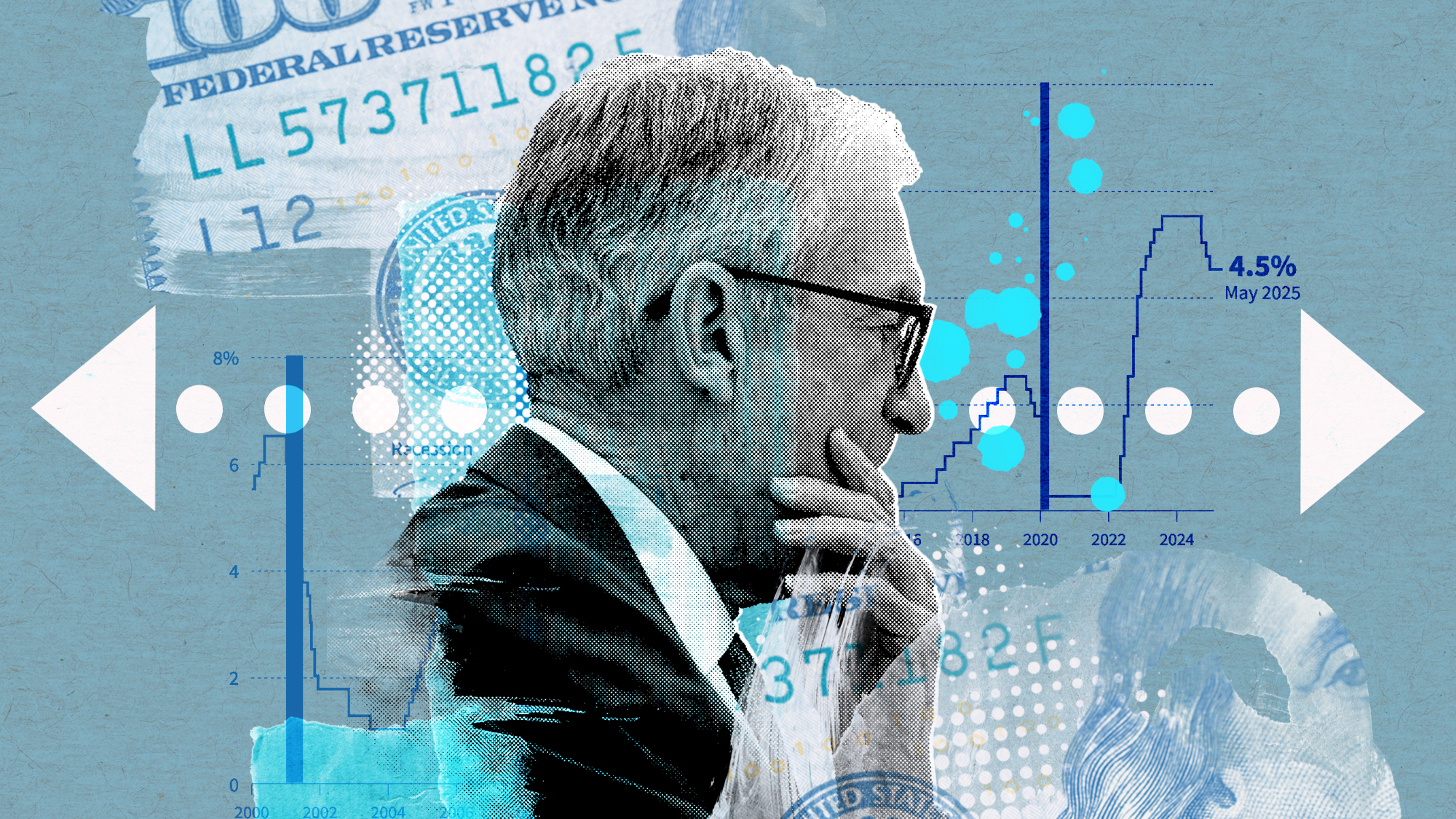 What's next for US interest rates?
What's next for US interest rates?The Explainer Another cut makes three — but will there be more?
-
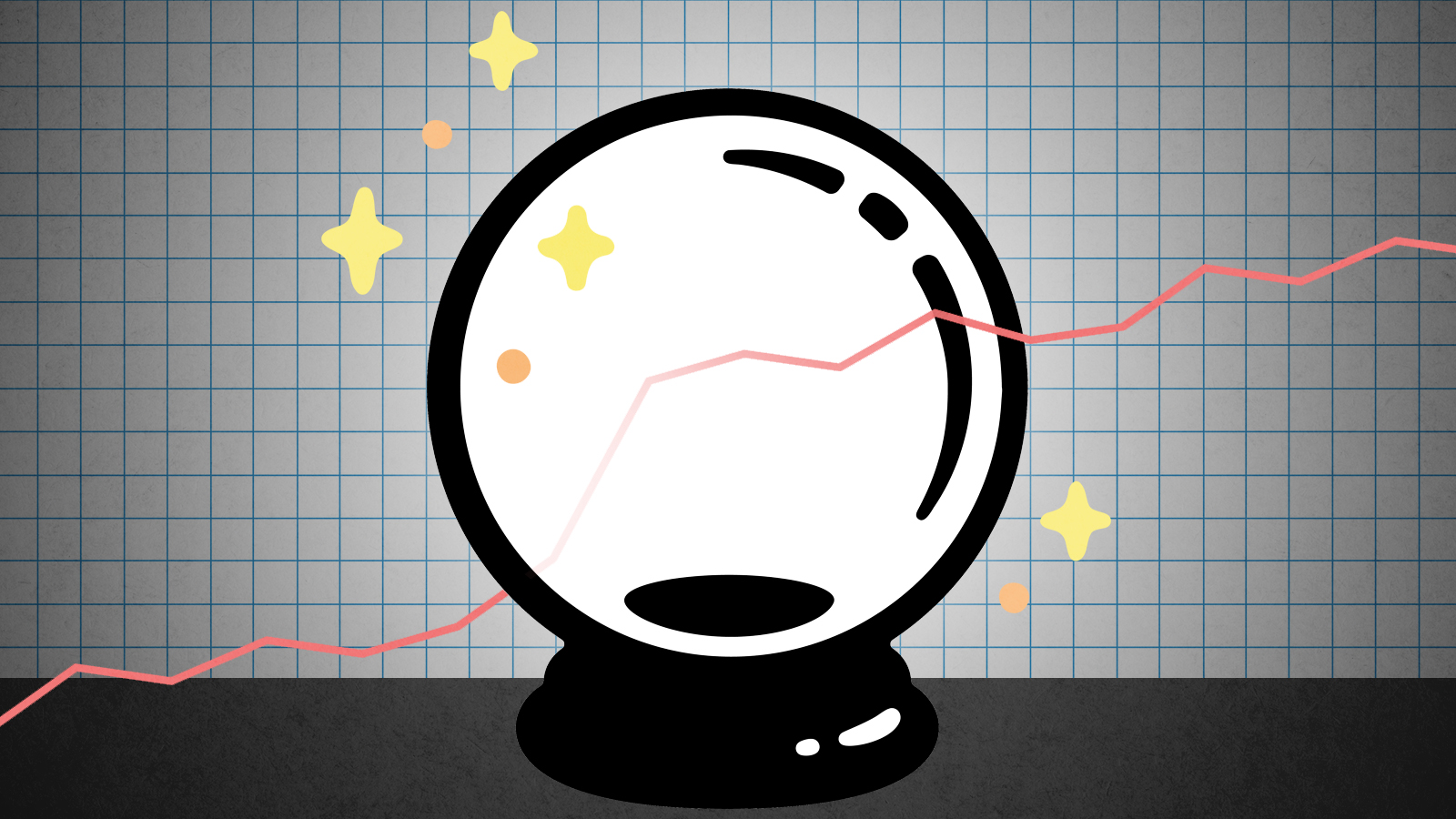 Where will inflation go next?
Where will inflation go next?The Explainer Believe it or not, inflation is easing up
-
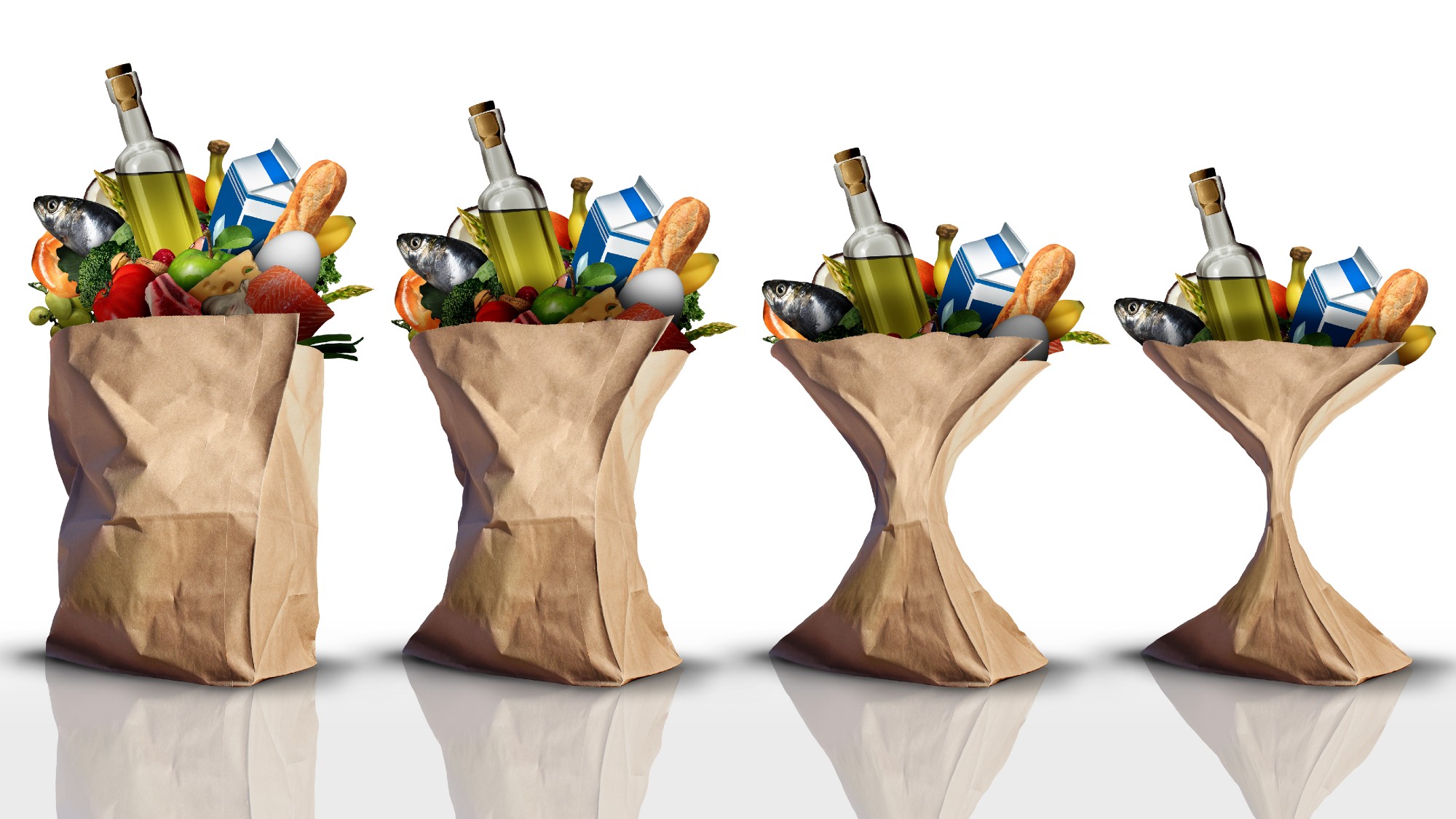 What is shrinkflation and why is it happening?
What is shrinkflation and why is it happening?The Explainer The practice reduces the size of a product without lowering the price — and it's perfectly legal
-
 Prices are going down. Here's where you can see the difference.
Prices are going down. Here's where you can see the difference.The Explainer 'An era of price hikes is fading,' but that doesn't mean prices will all come down
-
 5 tips when retiring amid market volatility
5 tips when retiring amid market volatilityfeature In a turbulent market, diversification becomes especially important
